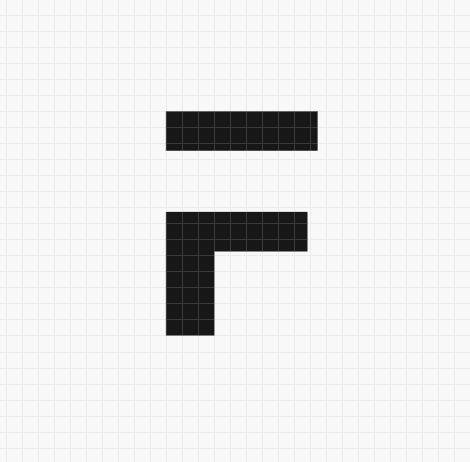What is inventory valuation?
Inventory valuation is the cost of unsold goods in a company’s inventory. It includes all costs incurred to get the item ready for sale, like material expenses, direct labour, freight, handling, import duties etc.
Inventory is an important asset on the company’s balance sheet for small and medium businesses. So, it is very important to calculate correct inventory value.
There are several valuation methods, but for small businesses, it is generally restricted to FIFO and Moving Average.
FIFO (First In First Out):
In FIFO it is assumed that, in a warehouse, items that arrive first, are sold first. Hence, it is calculated by summing the actual cost of the stock of an item, available in the warehouse.
FIFO stock value = Qty1 * Rate1 + Qty2 * Rate2 + ...
Moving Average:
In Moving Average, the value of an item is the average cost weighed by the quantities available in the warehouse.
Moving Average Rate = (
(Available Qty in stock * Average Rate)
+ (Incoming Stock * Incoming Rate)) /
(Available Qty in Stock + Incoming Stock)
Example:
Now we will take an example and see the impact on valuation using FIFO and Moving Average. Lets assume the following transactions happened with item A:
Date Transaction Quantity Unit Cost($)
01-01-2012 Purchase 10 12
03-01-2012 Purchase 5 15
10-01-2012 Sales 12 ?
On 03-01-2012:
Stock Value as per FIFO = (10 * 12) + (5 * 15) = $ 195
Valuation Rate as per Moving Average = (10 * 12 + 5 * 15)/(10+5) = $ 13 Stock value as per Moving Average = (15 * 13) = $ 195
On 10-01-2012:
12 qty sold.
As per FIFO, 10 qty @ $12 and 2 qty @ $15 will been considered for sale. Stock Value for remaining stock as per FIFO = (3 * 15) = $ 45
But in case of Moving Average any 12 item can be sold at an average cost $13 Valuation Rate for remaining stock as per Moving Average = $ 13 Stock value as per Moving Average = (3 * 13) = $ 39
Advantages and Disadvantages:
In real world, generally price of the item rises over time, so products that come into inventory earlier have lower cost than newer ones. That’s why using FIFO, valuation rate generally shows higher value compared to moving average, and hence higher gross profit and net income.
On the other hand, since it increases gross profit and income, it also increases tax liabilities to the company.
Determining the average unit cost of goods available for sale effectively smoothes any price fluctuations in a material that may occur. That’s why, if cost of any item fluctuates very regularly, it is recommended to use moving average method.
What if stock goes into negative?
Negative stock is only allowed if valuation method is Moving Average. If stock goes into negative, stock value treated as zero. When stock comes back to positive, valuation rate is again calculated for positive qty.
What happens when back-dated entries are made?
Posting date and time of any stock transaction plays a vital role in calculating stock value on a given date. If there is any back-dated entry entered in the system, then the valuation for all the future transactions from that date should be recalculated.
ERPNext handles both FIFO and Moving Average and also allows you to make back-dated entires. Negative stock though is only allowed if your valuation system is Moving Average




·
sdfs
·
How to switch from Moving Average to FIFO knowing that my item database has none of the item Valuation Methode set and that i have stock and transaction going on for all the items ?
·
Hi @Nabin, how to manually recalculate valuation rate when backdate transaction occurred? Everytime, I checked stock ledger, it mentions about recalculation schedule. However, I could not find a clue, when the schedule kicks in and over. Appreciate your help, thank you.
I am using ERPNext v13.x.x-develop and Frappe v14.x.x.-develop.
·
Thanks Nabin...Description from Expert
·
How to import items cost into ERPNext please?
·
very useful information. thanks a lot